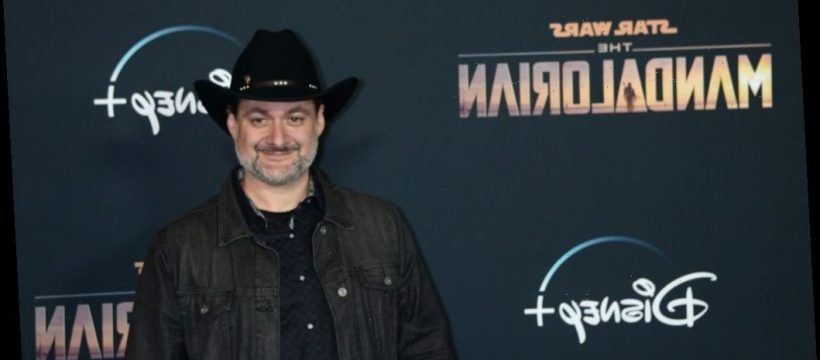Everything old is new again – and that’s especially true of Baby Yoda. One of the keys to his appeal was that he was a new twist on an old favorite, and that pretty well describes what went on behind the camera too.
The Mandalorian has been nominated for six awards by the Visual Effects Society, the trade group of craftsmen who make the unreal real. In recent years, the emphasis has been on doing that digitally, but Baby Yoda represents a throwback in that he’s mostly a practical effect.
A brief history of Baby Yoda
Baby Yoda represents the primary mystery of The Mandalorian. The audience kind of knows what he is, while no one on the show seems to have any idea. So shrouded in mystery is this character that there have been endless debates about whether it’s really right to call him “Baby Yoda.” It doesn’t help that Lucasfilm has never even given Yoda’s species a name
When Yoda was created for The Empire Strikes Back, George Lucas turned to one of the premier puppeteers in the world to bring him to life: Frank Oz. Generally viewed as the No. 2 man with the Muppets, behind creator Jim Henson, Oz’s gallery of characters included Cookie Monster, Fozzie Bear, Miss Piggy, Bert, Grover, and many others. Yoda’s voice was a more gravelly version of Grover.
Oz’s puppetry carried on in Return of the Jedi, and in The Phantom Menace, but the latter came out when digital effects had begun to take precedence over practical. He became CGI Yoda in Attack of the Clones and Revenge of the Sith, though Oz still provided his voice. When Lucas later made changes to The Phantom Menace, one of them was to replace Oz’s puppet with the CG version. When the sequel trilogy came along, there was a push to bring at least some practical effects back, so when Yoda made his appearance in The Last Jedi, he was once again a puppet.
What awards are Baby Yoda nominated for?
When it came time to work on The Mandalorian, showrunner Jon Favreau decided that Baby Yoda should be a puppet – one so elaborate that he cost all of $5 million to make. Favreau told Variety, “‘Star Wars’ gives you the opportunity to tap into all of these practical special effects. And so there’s great puppetry, great auto-animatronics”
According to Nerdist, the result was so convincing it made Werner Herzog, the acclaimed German filmmaker who plays The Client, cry. And that’s no mild feat. If Baby Yoda had been a CGI creation, it’s entirely possible that he wouldn’t have become the phenomenon he has because the character is so tangible.
The Visual Effects Society nominated The Mandalorian for these awards: Visual Effects in a Photoreal Feature; Animated Character in an Episode or Real-Time Project; Created Environment in an Episode, Commercial, or Real-Time Project; Virtual Cinematography in a CG Project; Model in a Photoreal or Animated Project and Effects Simulations in an Episode, Commercial, or Real-Time Project.
Which are better, practical or digital effects?
Those awards categories may sound technical, but the names of some of them reflect how The Mandalorian mixes both CG and models. Its success at doing so leads the show to be put on the same level as shows like ‘Stranger Things’ which is also up for some of the same awards.
Many people felt the prequel trilogy pushed too far into the digital realm, with the only “real” element in some scenes being the actors – and sometimes even they were CG too.
More recently, however, filmmakers like Christopher Nolan have made a point of not using CG unless the effect can’t be achieved any other way. So folding Paris on top of itself in Inception? That was done with the computer. But the gravity-defying fight where the characters tumble around the floors, walls, and ceiling? That was all done in-camera, with an entire set that rotated.
So it goes with the more recent Star Wars movies, which favor this mixed approach. “With ‘Star Wars’ there’s an acceptance of a certain look – and so I’m taking chances here I wouldn’t take on a film that wasn’t this because the fans are invested in those technologies,” Favreau said.
Source: Read Full Article

